Interview With Jon Pyzel
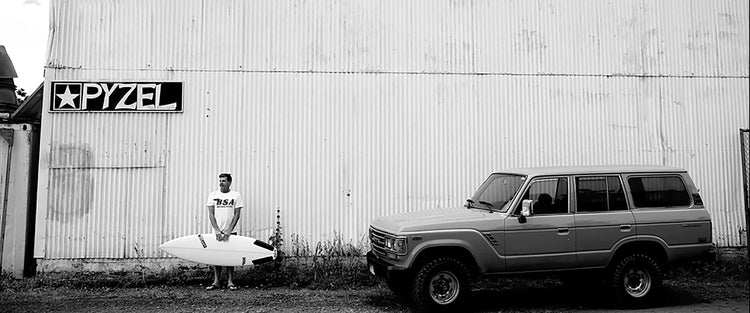
We got the chance to talk with Jon Pyzel of Pyzel Surfboards and ask him about his roots, surfboards, shaping and what the future holds for Pyzel. Jon's been shaping on the North Shore of Oahu for about 25 years now and has made boards for some of the best surfers in the world, so this was a cool opportunity to learn from the man himself.
Growing up, who were the shapers and surfers you looked up to or drew inspiration from?
Matt Moore from Carpenteria and Jeff Bushman in Hawaii both had huge influence on who I am today.
What inspires you to shape today?
I love seeing surfers of all different levels riding my boards. If I can help someone to improve their surfing by making them a good board then I really feel satisfied and stoked.
With John John riding the Ghost in everything from J-Bay and Margaret's to Trestles it seems really versatile. How were the dimensions and shape altered, if at all, for those different conditions?
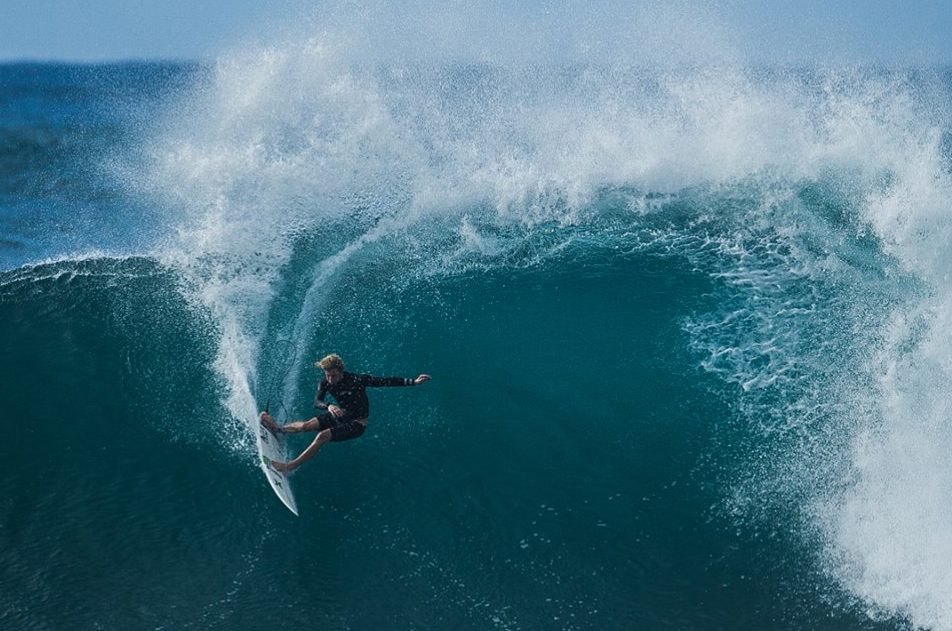
That design has really surpassed even my own expectations as far as versatility and user-friendliness! I originally saw it as a great board for fast moving, hollow waves, but it turns out that it works well in a huge variety of conditions, for a wide variety of surfers. JJ"s Margaret River and J-Bay board was a 6'2'' step-up Ghost, and the Trestles board was a 6'0'' made out of EPS/Epoxy for smaller, slower conditions. The overall designs were not any different. The Trestles board was slightly wider and thinner than the 6'2''.
In your years shaping, have you had a lot of boards come out of happy accidents? By that I mean, was there ever accidental alterations that ended up working really well?
I used to have a saying written on my old shaping room wall "From mistakes comes innovation" and I'll tell you that the Ghost actually has its roots in an accident (so not really a "mistake", but close). Probably 7 years ago I was shaping in Bali and one of the Pre-shapes I had was a 6'4'' step -up that had the nose broken off in transit from Australia. Resources were pretty limited at that time in Bali, so I re-templated the front half of the board and turned it into a 5'11'' that looked a lot like the Ghosts we make today. I ended up surfing that board in everything from small Bingin to pumping Padang Padang and Uluwatu and it worked amazing! I would say that was the first Ghost, and it took another 6 years and John John Florence winning Margarets on it to get the world to take a look at the design and be interested.
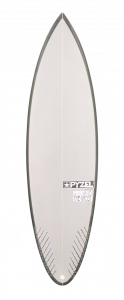
Is there one board you’ve shaped in particular that you would recommend for the average surfer out there? Something that most surfers today can enjoy and progress on?
The Ghost really covers a lot of territory in that kind of situation. And we are going to be releasing a sort of stubby ghost soon as well, that will be really user-friendly yet performance oriented too.
Working exclusively with Arctic Foam, what advantages do you see over using other blanks on the market?
Two truths- first one of my best friends started and owns Arctic Foam, so I love giving him our money instead of to someone I don't know. This relationship allows me to help them develop better foam and also learn a lot about foam from them. If I have an idea or a problem I just hit "Drew" on my favorites and we talk about what is going on right away. They are also working to bring an Algae-based foam to market and we will be at the forefront of that with them.
Second, regardless of who owns it, I have seen for myself that Arctic is making the best foam in the U.S. and also sending it abroad. When I must make JJ boards with other foam (for whatever reason) he always notices the difference in the feel of the boards, not in a positive way. That is not to say that there isn't any other good foam on the market, but it is for sure the only foam we will use to build our boards in America/Hawaii.
For either of the “Stab in the Dark” contests, how did you approach shaping those boards not knowing the mystery surfer’s preferences?
You do your best to shape what you can from the info given. You literally take a Stab in the Dark.

During that process did you have an idea you might be shaping for Jordy or Dane?
Never sure, always guessing. Hoping you made the right guess, and even then you really have no idea if the guy is gonna like what you made. It's stressful to be honest, you totally throw yourself out there as a shaper.
What has been your proudest moment as a shaper?
First was watching my oldest daughter catch waves on a board I made for her! After that, it was watching JJ win his first world title in Portugal last year.
If you were to make a board for one of your team riders specifically for a trip where they would be wearing thicker neoprene, what adjustments would you make to their normal dimensions, if any?
Probably not as much as I would for a more average surfer. Pro surfers don't really look for paddling advantages as much as they look for performance. If it was for a "normal" surfer I would add a bit of thickness to it to compensate for the added weight of the wetsuit.
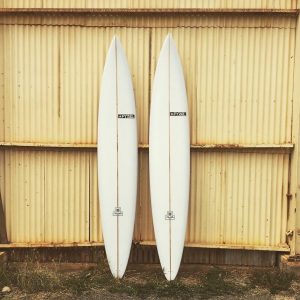
A lot of big wave surfers have been riding your gun, the Padillac with really good results. What was the process of learning to shape big wave boards?
For me, it started with listening to Mark Healey tell me what he looks for in a big wave board, and then taking that info and trying to translate it into foam. The hard part is in the surfer's hands- putting their trust in that board when they spin around and commit to a huge wave. I am lucky to have some of the world's best big wave riders close by here in Hawaii and plenty of opportunities for them to test the boards.
Where do you see the most potential for surf design?
I think we have an endless road ahead for all surfboard designs, but perhaps the most important place we need to head is towards a more sustainable and eco-friendly way to build our boards. We all love nature, but we are creating a lot of waste with the boards we love so much.
What are you working on now? Is there anything new (board or construction) in the works?
Like I mentioned, Arctic Foam and I are working to develop a blank made with renewable/sustainable Algae oil instead of using fossil fuels that we can't replace. I don't like to "greenwash" what we are doing, but the way I look at it any step towards less toxic, less wasteful methods of making a surfboard is a good step.

Big thanks to Jon for the insight and his time to do this interview. If you haven't checked his boards out before, they're the real deal and he has a board for almost any surfer and any wave.
You can check out all of Pyzel's boards here.
As always, if you have any questions about Pyzel surfboards definitely give us a call at 1-888-546-6176, leave a comment or shoot us an email at support@cleanlinesurf.com.


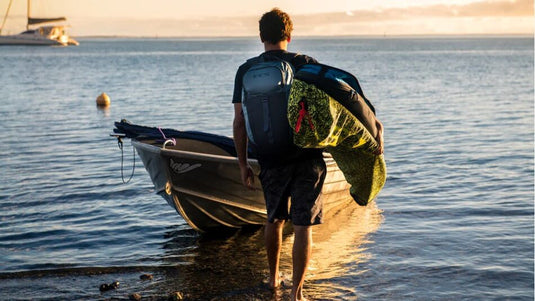






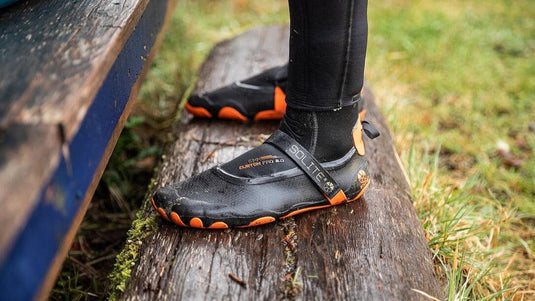



What Our Customers Are Saying